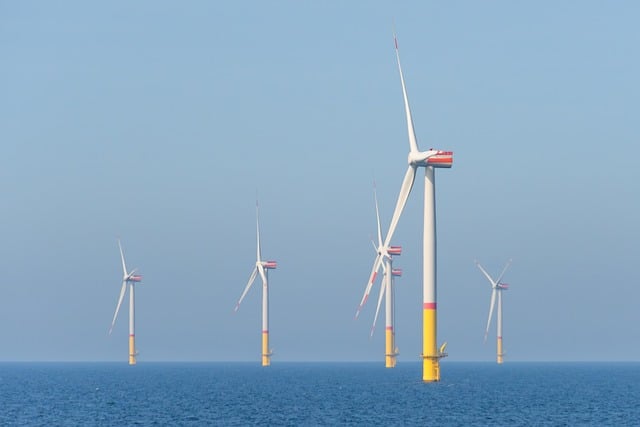As the world grapples with the undeniable impact of climate change, the necessity for clean transportation has never been more critical. With the rise of awareness surrounding sustainable development, individuals and communities are increasingly seeking ways to minimize their ecological footprint. Clean transportation serves as one of the most promising avenues toward achieving a greener future, allowing us to revolutionize how we think about mobility and its effects on our planet.
The transportation sector is a significant contributor to greenhouse gas emissions, accounting for a substantial percentage of global carbon output. Embracing clean transportation methods—such as electric vehicles, public transit systems powered by renewable energy, and biking—can drastically decrease our reliance on fossil fuels. As we transition to carbon-neutral alternatives, we are not merely chasing environmental compliance; we are fostering a culture of sustainability that prioritizes the health of our planet and its inhabitants.
Green technologies play a pivotal role in this transformation. Innovations such as energy-efficient engines, solar-powered vehicles, and advanced battery technologies have emerged as game-changers in the fight against pollution. These innovations do not just reduce emissions; they also enhance energy efficiency, creating a sustainable ecosystem where transportation is both clean and practical. The implementation of such technologies promises a future where mobility no longer equates to environmental degradation but instead contributes positively to our ecological health.
Moreover, clean transportation reflects a profound shift in our societal values, challenging traditional concepts of development. Instead of prioritizing growth at the cost of environmental sustainability, we can redefine success in terms of well-being, resilience, and harmony with nature. This paradigm shift is essential for sustainable development—one that recognizes the interconnectedness of human progress and ecological stability.
As we drive toward this greener future, it is crucial to engage communities in the conversation about clean transportation. Local initiatives can pave the way for larger systemic changes, as engaged citizens advocate for improved infrastructure, safer neighborhoods, and policies that support renewable energy sources. By collectively pushing for integrated transit systems and accessible clean transportation options, we take significant strides toward a sustainable urban landscape.
In conclusion, the pathway to sustainable development is illuminated by the promise of clean transportation. By prioritizing green technologies and embracing innovative practices, we can shrink our ecological footprint while fostering a healthier planet. The future is indeed bright, and it is our collective action today that will steer us toward a cleaner, more sustainable tomorrow.




